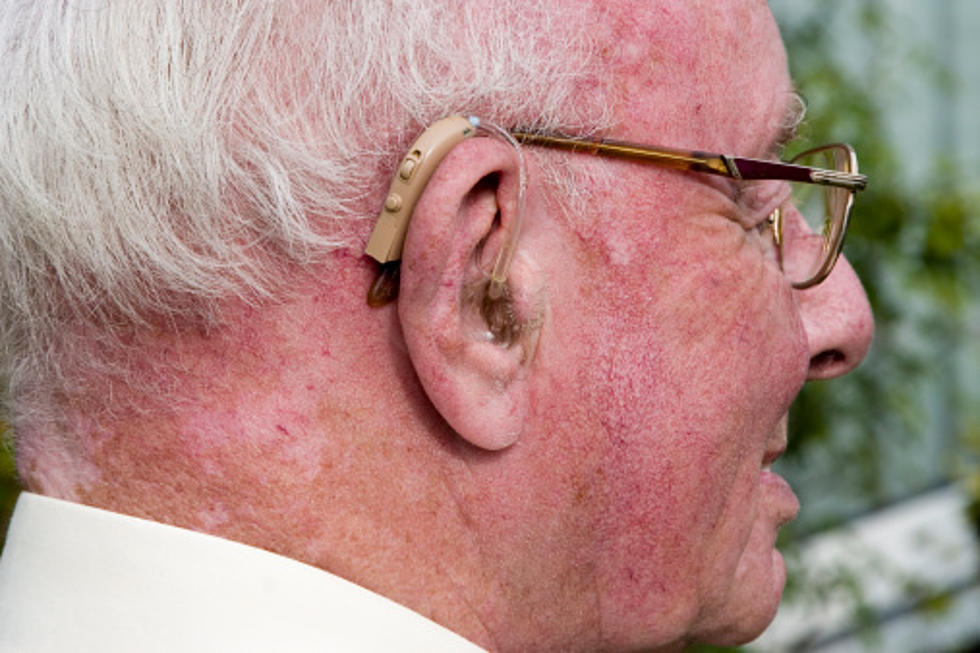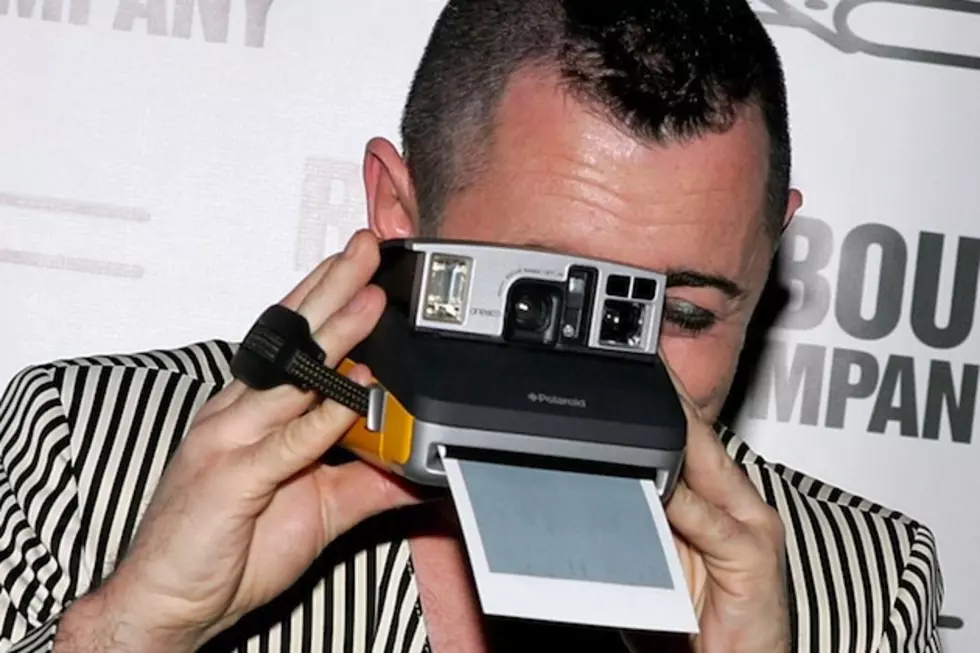
MSU Spinout Resilient Computing Wins NASA Entrepreneurship Prize
BOZEMAN — A unique computer technology developed over the past decade at Montana State University is one step closer to being used in spacecraft after winning an award from NASA.
Resilient Computing, a Bozeman-based company founded by MSU researcher Brock LaMeres, recently received $90,000 through NASA’s Entrepreneurs Challenge, a competition among startups working on technology that can support space missions. The company was one of only seven winners selected nationwide.
“This is the culmination of a lot of effort to move this technology out of the lab and into the private sector,” said LaMeres, professor in the Department of Electrical and Computer Engineering in MSU’s Norm Asbjornson College of Engineering. "A lot of people, especially at MSU, have helped us get here."
The funding, although relatively small compared to the roughly $5 million LaMeres’ MSU team has received from NASA and other funders while nurturing the computing concept into reality, is crucial for supporting the startup as it seeks to ramp up production on a circuit board and software package designed to resist upsets caused by radiation in outer space, according to LaMeres.
The onboard computers that control spacecraft — including satellites involved in weather forecasting, GPS and long-range communications — must contend with high-energy radiation emitted by the sun and other celestial bodies. Traditionally, oversized circuitry made of special materials has provided resistance, but that also made the devices more costly and cumbersome. In contrast, Resilient’s computer, called RadPC, combines multiple ordinary computer processors with software to create on-the-fly redundancy, allowing computations to continue even if a radiation particle strikes and disrupts the computer's sensitive memory.
So far, RadPC has been tested and refined on high-altitude balloons and rockets at the edge of outer space, on a year-round stay at the International Space Station and on two small satellites. Later this year, an advanced prototype is heading back to the space station, and in 2023 RadPC is scheduled to travel to the moon’s surface on a NASA mission. Since its inception, the project has involved 62 MSU undergraduates, 17 graduate students and nearly a dozen faculty, including staff engineers in the Space Science and Engineering Laboratory housed in the Department of Physics in MSU's College of Letters and Science.
Moving RadPC to market has been a journey all its own, LaMeres said. About a year ago he started working with MSU’s Technology Transfer Office to explore how to best license the technology so it could be produced commercially. He won a CATalyst Gap Fund grant from MSU’s Office of Research, Economic Development and Graduate Education, which offers the award to support inventions that show strong market potential. In April, Resilient Computing took first place in MSU’s $50K Venture Competition, hosted by the MSU’s Jake Jabs College of Business and Entrepreneurship and the MSU Blackstone LaunchPad. Then, with help from the Montana Innovation Partnership run by MSU’s TechLink Center, the company secured $160,000 in research and development funding through the NASA Small Business Innovation Research program and the Montana Chamber of Commerce, which allowed LaMeres to hire part-time employees. This fall the venture was one of three with MSU ties selected for the HyperAccelerator program offered by Early Stage Montana, a nonprofit that works with partners including the 406 Labs and Blackstone LaunchPad at MSU to help entrepreneurs form businesses for their product ideas. The training helped LaMeres hone how to pitch the product, including in the NASA competition, he said.
“There’s really a wealth of resources that researchers at MSU can draw on when their inventions have real-world applications,” LaMeres said. “All these mentoring programs have helped us get funding, start a business and take off running.”
LaMeres’s experience is “a perfect example of the real-world impact that can come from combining exceptional research faculty, collaborative technology transfer and strong support systems for entrepreneurship,” said MSU Technology Transfer Office Director Daniel Juliano, who leads a project funded by the U.S. Economic Development Administration that supports MSU’s CATalyst Gap Fund as well as 406 Labs and Early Stage Montana.
The NASA award will help Resilient Computing keep going while the most advanced RadPC prototypes to date are tested on the space station and the moon, LaMeres said. Those trials could mark the final proof of concept as the technology becomes available for sale.
“We’re finding that there’s demand for this technology,” LaMeres said, “and we want to keep the business of making it in Montana.”
-by Marshall Swearingen, MSU News Service -









